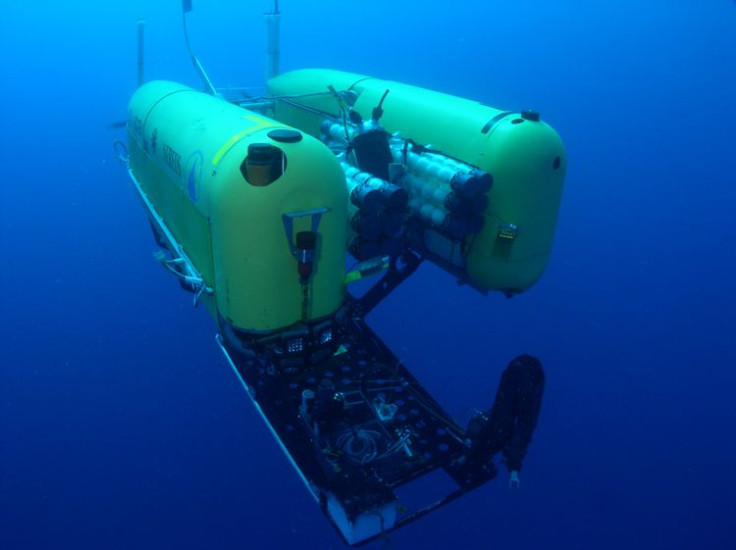Deep Sea Sub Crushed Under Pressure While Exploring 6-Mile-Deep Ocean Trench

A robotic sub described as one of the most advanced exploration tools of its kind was lost at sea after presumably imploding several kilometers below the ocean’s surface, researchers announced Saturday.
The remotely operated vehicle was 30 days into a 40-day journey to document unusual sea life in the second deepest ocean trench on Earth when operators lost contact with it. Researchers assumed the vehicle had been crushed after they discovered pieces of debris floating on the surface of the water that were identified as having belonged to the vehicle, called Nereus.
"Extreme exploration of this kind is never without risk, and the unfortunate loss of Nereus only underscores the difficulty of working at such immense depths and pressures," Larry Madin, director of research at Woods Hole Oceanographic Institution, whose engineers designed the robotic vehicle, said in a statement. "Fortunately, there was no human injury as a consequence of this loss."
Nereus was nearly 10,000 meters, or 6.2 miles, beneath the sea where pressures are as great as 16,000 pounds per square inch. That’s over 1,000 times more pressure than a human standing at sea level would experience.
The $8 million robotic sub was exploring the Kermadec Trench near New Zealand when it succumbed to the immense pressure. The trench is the world’s second-deepest ocean trench and extends to a depth of 10,047 meters. It was created by the subduction of the Pacific plate under the indo-Australian Plate and is over 1,000 kilometers long.
Scientists know very little about the marine life of Kermadec Trench. A 2012 expedition to the bottom of the trench uncovered the largest species of amphipod, a type of crustacean, ever observed.
Nereus was built in 2008 by researchers in Massachusetts and can operate either autonomously or be controlled remotely from the surface. An optical tether kept the sub in contact with its mother ship during deep sea dives.
In 2009, Nereus made three dives to the deepest known point in the Earth’s seabed, an area known as Challenger Deep, located at the southern end of the Mariana Trench near the Mariana Islands. It recovered several animals previously unknown to scientists and collected sediment samples that revealed the physical and chemical properties of deep-ocean ecosystems. Its state-of-the-art technology allowed Nereus to reach depths that were previously inaccessible, according to The BBC.
"Nereus helped us explore places we've never seen before and ask questions we never thought to ask," Timothy Shank, a biologist with Woods Hole Oceanographic Institution, said in a statement. "It was a one-of-a-kind vehicle that even during its brief life, brought us amazing insights into the unexplored deep ocean, addressing some of the most fundamental scientific problems of our time about life on Earth."
© Copyright IBTimes 2025. All rights reserved.





















